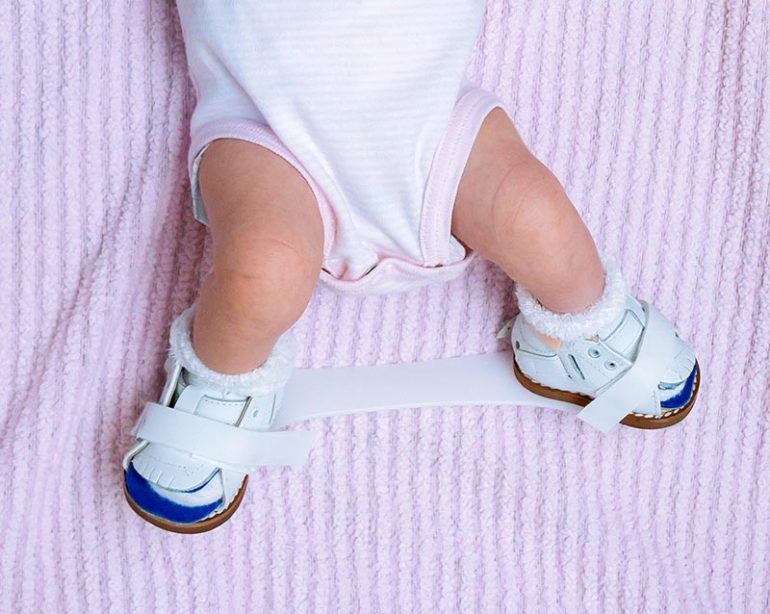World Clubfoot Day, held this week, aimed once more to increase awareness of clubfoot and underscore the critical need for early access to treatment worldwide. This annual event highlights the importance of timely interventions to improve outcomes for those affected by this congenital condition. One in every 1,000 infants is born with clubfoot, making it the most common musculoskeletal birth defect, both in Paraguay and worldwide.
What is clubfoot?
Clubfoot is a congenital deformity in which the front part of the affected foot turns inward while the heel points downward. It may affect one, or both feet and is commonly present at birth. The cause of most cases is unknown, while in others it may be linked to neuromuscular conditions.
According to the American Academy of Orthopaedic Surgeons, approximately one in every 1,000 babies is born with this condition. In Paraguay, clubfoot is one of the most frequently reported congenital abnormalities. This makes it also the most common musculoskeletal birth defect in the country and globally.
The World Clubfoot Day date of June 3 was chosen to commemorate the birth of Dr. Ignacio Ponseti. He is the developer of the Ponseti method, a highly effective, low-cost, and non-invasive treatment for correcting clubfoot.
Why is early treatment important?
The Ponseti method involves gentle manipulation, followed by a series of corrective plaster casts and splints that gradually improve the position and function of the foot. This approach is based on a deep understanding of the foot’s anatomy and the biological responses of bones, ligaments, and muscles.
Most cases can be corrected during early childhood in six to eight weeks, depending on the severity. It has been shown that the earlier the treatment begins, the better the outcomes. Early intervention can help avoid major surgical procedures and achieve more effective results, explains Dr. Liz Valdez, paediatric orthopaedic specialist at the General Paediatric Hospital “Niños de Acosta Ñu.” The doctor is also in charge of training national orthopaedic surgeons in clubfoot treatment.
Where can free treatment be accessed?
The Paraguayan government, through its National Health Team, continues working to strengthen the national healthcare system. As part of these efforts, the Ministry of Public Health, in collaboration with the Fundación Solidaridad, a non-profit civil society organisation, provides patients with trained medical professionals, equipped surgical theatres, and consulting rooms. These rooms are supplied with the necessary materials such as plaster, cotton, and splints.
Currently, free clubfoot treatment is available in 10 hospitals across the country, treating over 200 patients annually.
The hospitals offering treatment include:
- General Paediatric Hospital “Niños de Acosta Ñu”
- General Hospital of Barrio Obrero
- Regional Hospital of Villarrica
- Santa Rosa del Aguaray General Hospital
- Regional Hospital of Caazapá
- Regional Hospital of Encarnación
- Regional Hospital of Concepción
- Regional Hospital of Pilar
- Regional Hospital of Villa Hayes
- Regional Hospital of Ciudad del Este
Thanks to initiatives like World Clubfoot Day and the continued efforts of healthcare professionals and organisations in Paraguay, more children have the opportunity to grow up without physical limitations.


